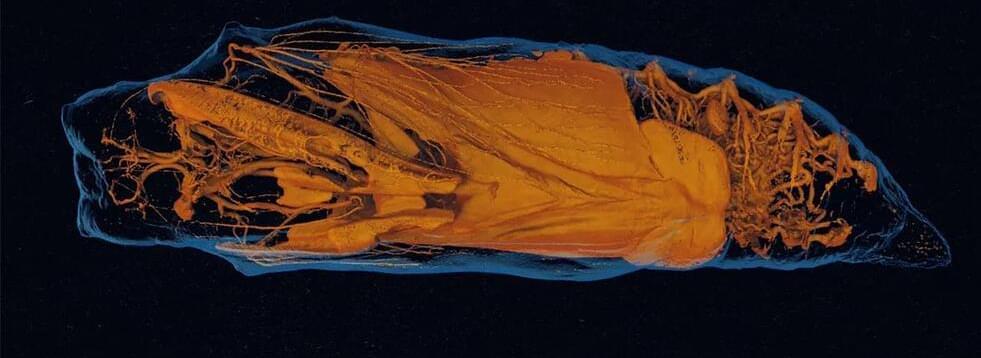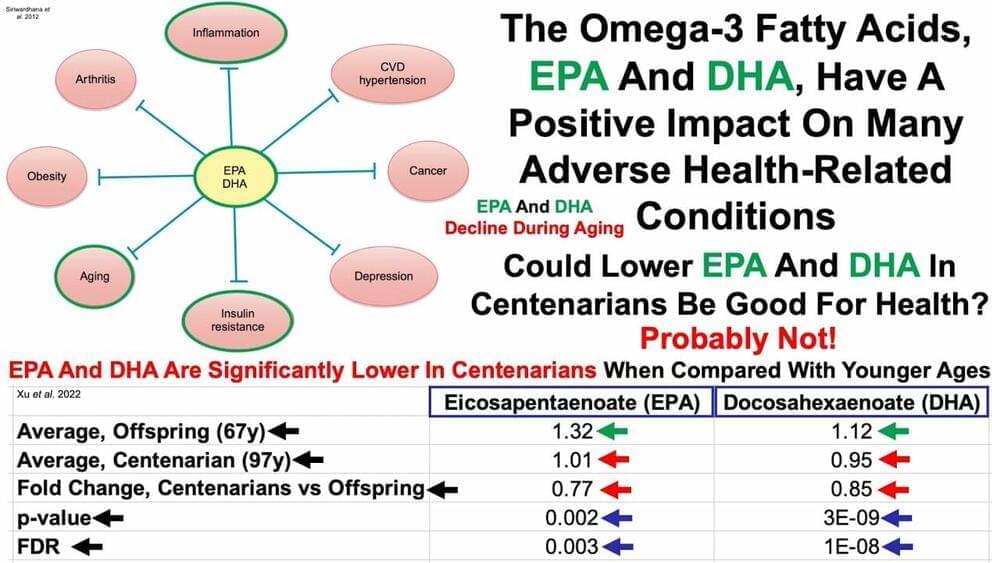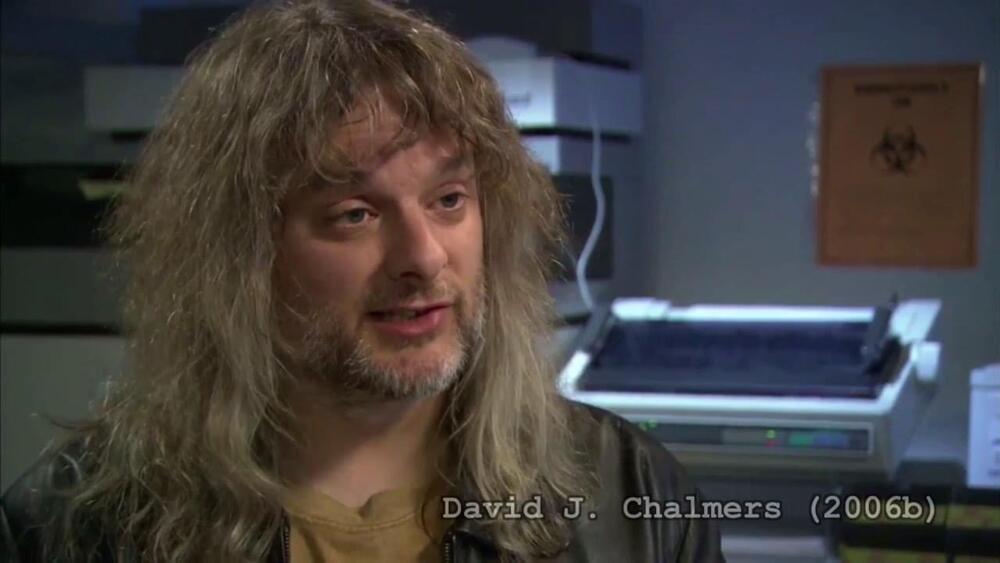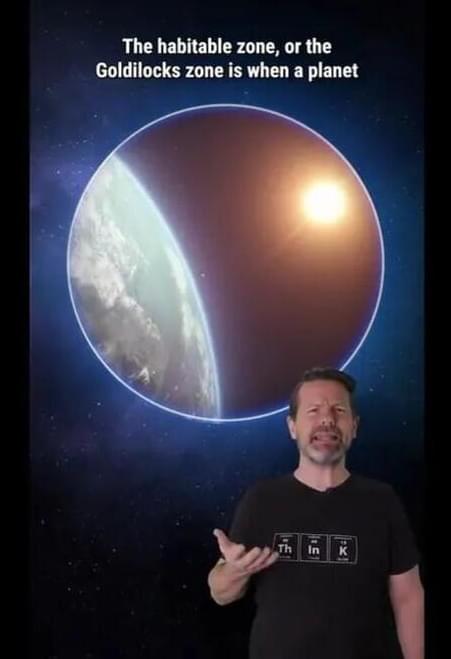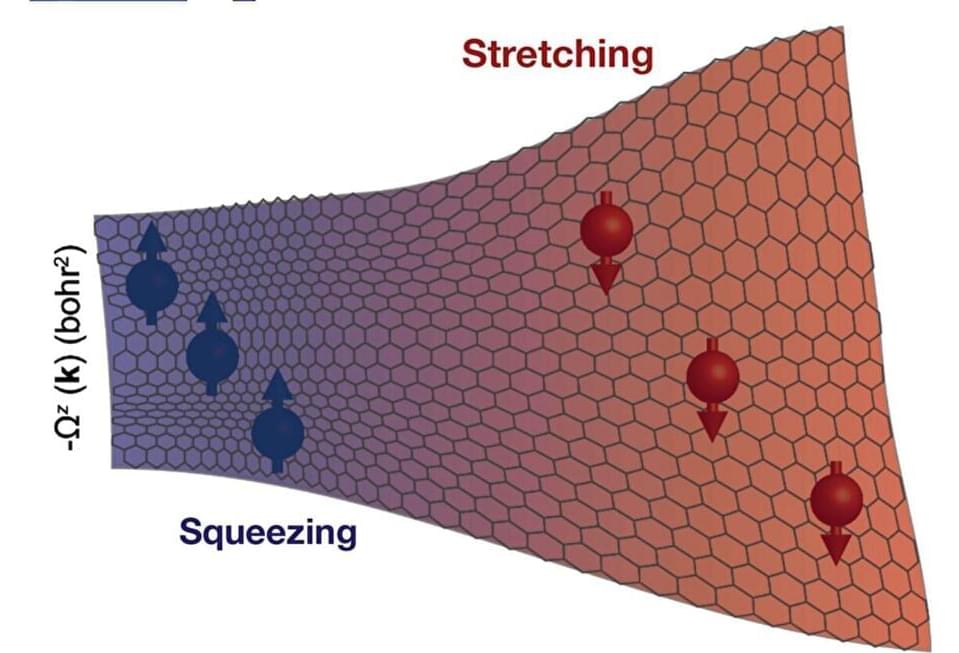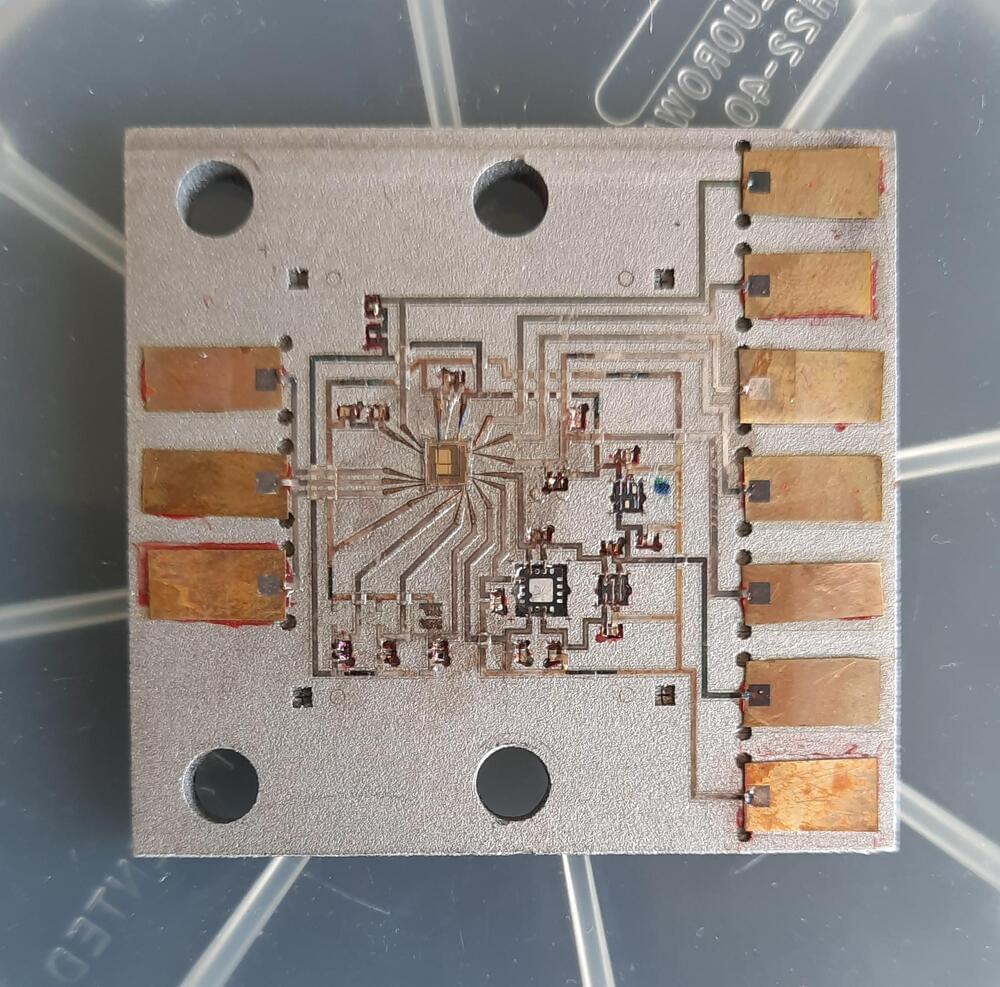In software application development environments, the consensus is gravitating towards the use of AI as a helping and testing mechanism, rather than it being wholly offered the chance to create software code in and of itself. The concept here is that if so-called citizen developer business laypeople start creating code with software robots, they will never be able to wield the customization power (and ability to cover security risks) that hard-core software developers have.
As we now grow with AI and start to become more assured in terms of where its impact should be felt, we may now logically look to the whole spectrum of automation that it offers. This involves the concept of so-called hypermodal AI i.e. intelligence capable of working in different ‘modes’, some of which will predict, some of which will help determine and some of which will generate.
Today describing itself as unified observability and security platform company (IT vendors are fond of changing their opening ‘elevator sell’ line every few years), Dynatrace has now expanded its Davis AI engine to create hypermodal AI that converges fact-based predictive AI, with causal AI insights with new generative AI capabilities.


